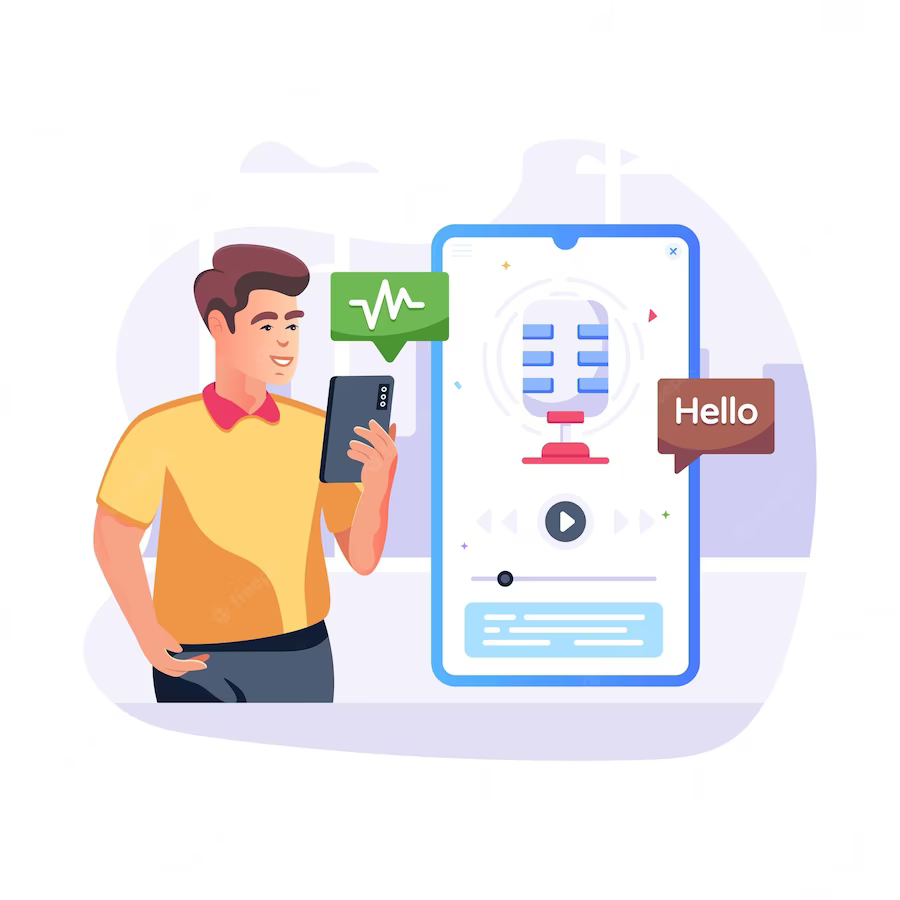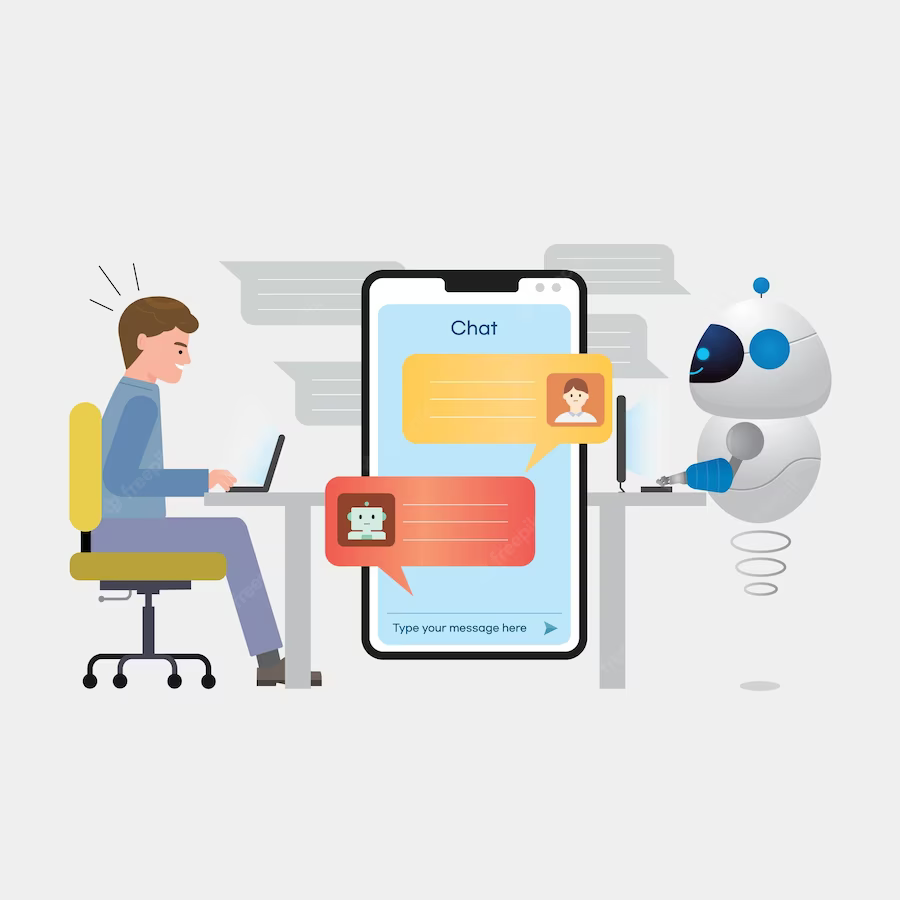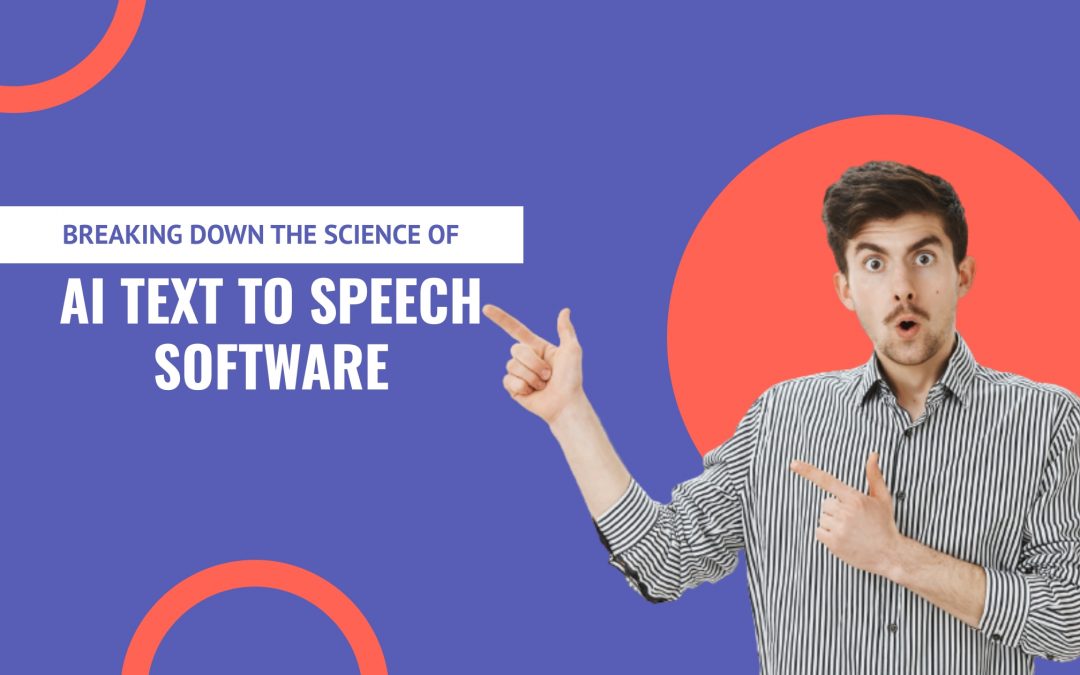Unraveling the Mechanisms of Text to Voice Software in AI Technology
AI text to voice software has become an incredibly helpful tool for a great variety of applications. Text to speech has always been very interesting, but now that it’s powered by artificial intelligence, there’s so much more to understand.
Today, we want to help with that, so let’s dive into the world of text to speech and AI-generated voice over.
An Overview of AI Text to Speech Software

Text to speech technology refers to the conversion of text to audio output. It wasn’t as efficient as it is today, though. With the introduction of deep learning, things have changed forever.
Nowadays, modern computers can concatenate speech from a variety of databases. This speech is very natural-sounding, which is not a luxury people had back in the day.
AI Text to Speech Software History
AI text to speech in particular has been around since the early 1950s, which is when the first computer-based speech synthesis systems became a reality. They were based on rule-based techniques, meaning that there were specific pronunciation rules for every word.
As you can imagine, these systems had their limitations and the speech they generated didn’t sound natural.
Then, the 1970s welcomed a new approach, concatenative synthesis. This system consists of using pre-recorded phonemes to make words and sentences. As an approach to text to speech, this was more successful than rule-based synthesis.
The speech it generated was more natural and it’s a system that is still used in AI text to speech software today.
A decade later, artificial intelligence rushed into a new era of text to speech software. AI text to speech software now uses machine learning to learn the nuances of human speech. Including intonation, rhythm, stress, pauses, and more. This is how AI-generated voice over now sounds more natural than ever before.
AI Text to Speech Software Today
In recent years, AI text to speech software has seen rapid growth. Now, these systems are capable of generating high-quality audio output based on text. Most of the AI-generated voice overs are nearly indistinguishable from human speech.
As such, AI text to speech tools have become an invaluable tool for businesses, virtual assistants, educators, content creators, and more.
It’s worth noting that AI text to speech software will continue to evolve. This is just the beginning of what the technology can do as there’s still a lot of room for improvement. However, the tools already available offer incredible quality and they’re making people’s lives a lot easier than ever before. Particularly when it comes to content creation for any purpose.
The Science Behind AI-Generated Voice Over

The science behind AI-generated voice over involves different disciplines. Generally speaking, they can be summarized into three main approaches. Let’s explore each one:
Machine Learning for AI-Generated Voice Over
Most of the powerful artificial intelligence examples out there in the world rely on machine learning algorithms. These algorithms allow machines to learn from data so they can perform better over time.
AI text to speech models are often trained using large human speech datasets, which offer a comprehensive source of phonetic structures, linguistic patterns, and more. This training allows the AI text to speech model to learn patterns and recognize correlations between text input and speech output.
In other words, the artificial intelligence learns how to adjust its setting by analyzing human speech. Based on that, it can create its own speech, making it sound as human as possible. The more data an AI text to speech model processes, the more it understands the nuances of human speech, thus becoming more natural and expressive.
Natural Language Processing for AI-Generated Voice Over
Natural Language Processing, simply known as NLP, is quite essential to AI text to speech software. It allows machines to understand human language and interpret it successfully. With the use of NLP techniques, artificial intelligence can break down text to find the most important details.
This is how AI text to speech software can interpret and speak complex sentences.
In other words, NLP provides artificial intelligence with language expertise, thus helping it sound more natural and also make perfect sense. Natural Language Processing is incredible because it closes the gap between written text and speech. This allows AI-generated voice over to sound human, even if it’s working with different languages or complex language patterns.
Speech Synthesis for AI-Generated Voice Over
Last but not least, speech synthesis is the technique that allows machines to provide understandable and expressive speech. This can be achieved in many different ways, such as with the use of parametric synthesis and concatenative synthesis. More recently, neural text to speech has emerged as a groundbreaking alternative.
This system uses deep learning models and neural networks to generate speech. This is why AI-generated voice over nowadays can sound more emotional and natural. It’s also why it can imitate the tiniest details of human speech, such as tone and rhythm.
AI text to speech software today can provide lifelike audio output and it’s why it sounds more engaging than ever before.
The Future of AI Text to Speech Software

The applications of AI text to speech software spread wider than we can imagine. These tools are already incredibly useful in content creation, business, marketing, and education, but there’s much more on the horizon. Particularly relating to applications in therapy, healthcare, and more. We’re only scratching the surface of the potential of AI text to speech software.
Conclusion: The Science of AI Text to Speech Software
In closing, the science of AI text to speech has already reached incredible heights, but it won’t stop there. The possibilities are endless across a variety of industries and, as AI continues to evolve, so will these tools.
If you want to start unlocking the full force of AI-generated voice over, try Speechelo today!
